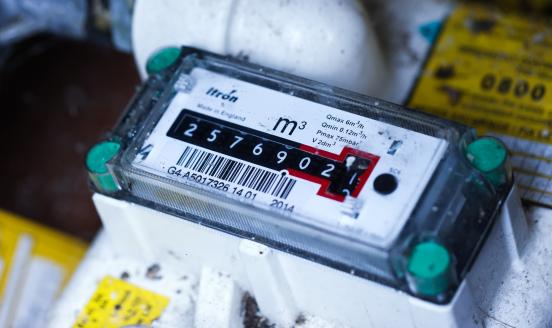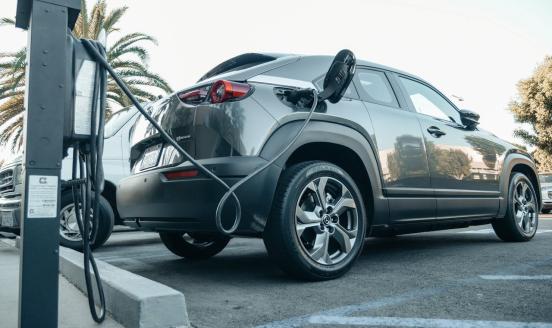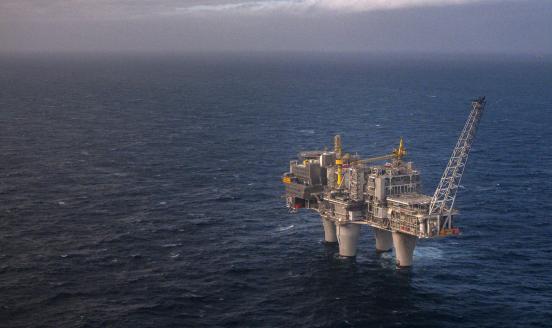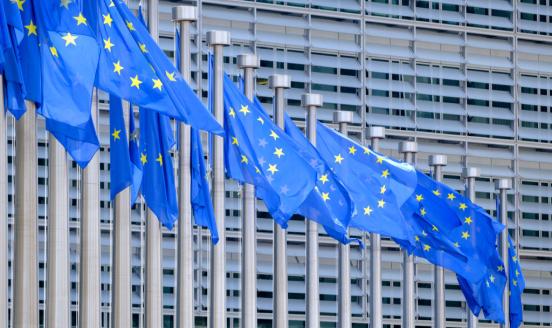The fiscal side of Europe’s energy crisis: the facts, problems and prospects
Europe needs to move beyond emergency fiscal responses and focus on structural changes to allow the EU to accelerate its decoupling from fossil fuels.
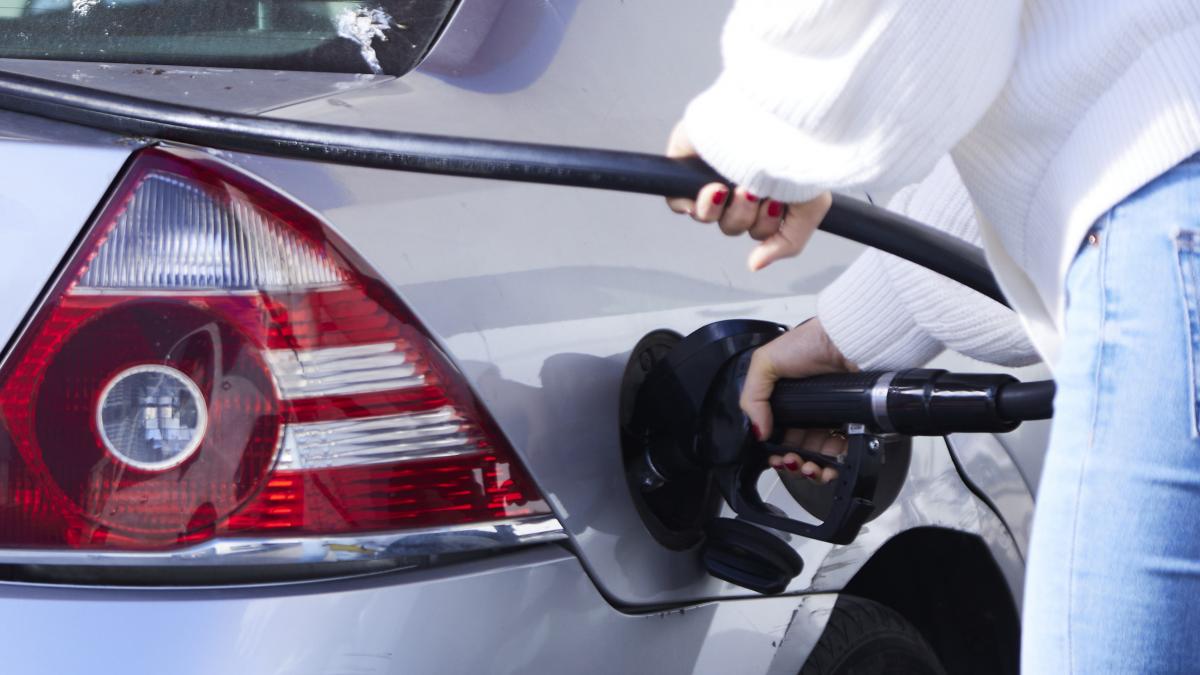
Following the recent decrease in natural gas prices, governments have revised the budget earmarked for measures to shield households and firms from the energy crisis. We keep revising our estimates as information on the final budgeted cost of the measures become available. On March 23rd 2023, we have corrected the figures for Slovakia and updated the figures for Denmark and Luxembourg. For any inquiry or contribution, we invite you to send us an email to [email protected].
Only a third of the massive fiscal interventions put in place by European governments 1 In our dataset and this blogpost, we refer to “European governments” to address the governments of EU Member States, Norway and the UK. to shield consumers from rising energy prices have been targeted at vulnerable categories. This must change. Building on the ECB recommendations, a “Green triple-T” criterion for future interventions to be tailored, targeted and transition-proof should be established to help Europe become greener and fairer.
It is often said that nothing is so permanent as a temporary government programme. When it comes to the fiscal side of Europe’s energy crisis, this certainly seems to be the case. In Summer 2021, governments began adopting fiscal measures aimed at subsidising the energy bills of both families and businesses when energy prices started to increase across Europe. These measures were initially intended to be temporary, if not even a once-off occurrence. However, fiscal measures multiplied and inexorably ballooned in size when energy prices kept rising after the Russian invasion of Ukraine.
Facts
As shown in the Bruegel dataset National fiscal policy responses to the energy crisis, governments across Europe allocated and earmarked €758 billion to shield households and firms between September 2021 and January 2023. EU governments collectively allocated and earmarked €646 billion, the UK €103 billion and Norway €8 billion.
It is important to stress that these figures represent budget allocations and earmarking, meaning that they might not have been entirely used up yet. In some cases, like Italy, countries iteratively announced short-term measures and immediately spent most of the allocated budgets. But in other cases, countries allocated and earmarked large amounts so to prepare for a potential prolongation of the problem into 2023 and possibly beyond. This caveat is particularly important for Germany, as the country made a big fiscal commitment by allocating €200 billion to an “economic defence shield”. This funding was intended for use in 2022 and following years but might ultimately be spent only in part.
As illustrated in Figure 1, allocated funding varied widely, both in absolute and relative terms. In absolute terms, three countries alone constitute 70% of the overall allocation for households and firms by EU countries: Germany (€264 billion), Italy (€92.7 billion), and France (€92.1 billion). In relative terms, allocations range between 7.4% of GDP in Germany to less than 1% in Denmark.
From an economic policy point of view, one of the most important questions concerning these interventions is whether they have been targeted at certain categories (e.g., the most vulnerable ones) or not. In fact, the poor are particularly hard-hit by inflation when prices skyrocket. For example, from April 2020 to January 2022 households in the bottom quintile of the income distribution reduced their savings to face increased spending five to six times more than the top quintile.
While investigating the funding allocated and earmarked for households specifically, it was found that EU governments have largely favoured un-targeted price-distorting measures compared to targeted income-supporting measures. To date, targeted policies have represented only 27% of the total funding disbursed, while untargeted ones accounted for the remaining 73% (Figure 2). This most likely reflects the urgency of action during the peak of the energy crisis, as these measures are relatively easy to roll-out and their effects are immediately felt by consumers.
Problems
Interventions of this kind are problematic for several reasons.
First, they might reduce the incentive to save energy, propping-up consumer demand and consequently worsening the energy demand-supply imbalance lying at the core of the crisis. This is because policies such as price-caps prevent the passthrough from wholesale market prices to retail prices paid in the utility bills of consumers. As a result, consumers do not face the actual price of the energy they consume and do not have the price-incentive to reduce their consumption.
Second, price distortions to block the passthrough of high fossil fuel prices might have been a social and political necessity at the height of the energy crisis, but are in contrast with commitments to the energy transition. As remarked by the IEA, the large amounts spent in reducing the energy bill for consumers not only disincentivise energy saving and switching to cleaner energy alternatives, but also support incumbent fossil fuels.
Third, such interventions are expensive to sustain over time. While they might be among the fastest to roll-out, they are fiscally heavy to sustain and their real cost might end up being considerably higher than predicted when market prices remain high for longer. The IMF estimates that completely offsetting the consumption losses of the bottom 40% of households in the income distribution would have an estimated cost of 0.9% of GDP for European economies. This is a much lighter burden to public finances than the measures rolled out so far that cost around 3.2% of the EU’s GPD annually. Smarter spending would avoid imposing unnecessary strain on already-tight public budgets.
Fourth, they are not necessarily equitable. Blanket measures that apply to all end up supporting well-off consumers in the highest part of the income distribution that may not need help with their energy bills. Some price-suppressing measures can even be regressive in some European countries. For example, Bruegel’s dataset on inflation inequality finds that “Transport” (the HICP category including petrol and diesel) generally weighs more in the consumption basket of people in the top income quantile than those in the lowest. Similarly, the OECD found that in a third of European countries, high income households spend larger shares of their income on car fuels than low income households, implying that excise duty cuts on petrol and diesel might be regressive in these countries.
Fifth, as also noted by the IMF, untargeted price distorting measures might lower peak inflation in the short term, but set the conditions for an extended period of elevated inflation in the longer run. As stressed by ECB President Lagarde, delaying their dismissal might compromise the ECB’s ability to achieve its medium-term objectives, resulting in monetary tightening for longer than what is otherwise desirable.
Sixth, they are politically difficult to discontinue. In fact, governments may face strong political backlash from citizens when measures are removed, as illustrated by the recent uproar in Italy following the withdrawal of extended excise duty cuts on petrol and diesel.
Seventh, they have global distributional implications. As outlined by the IMF, preventing demand adjustments in countries on top of the global income distribution indeed prolongs high prices on global energy markets, harming energy-importing lower-income economies.
Prospects
European governments have been advised to abandon un-targeted price-distorting measures going forward. For instance, the ECB has consistently recommended that measures meeting a “triple-T” criterion should be prioritised. This criterion includes temporary, tailored and targeted solutions.
Measures should be "temporary", meaning they should be incidental and cautious so as to avoid driving up aggregate demand excessively in the medium term. This would keep inflation under control. The term "tailored" refers to measures that should be designed in a way that does not weaken incentives to cut energy demand, but rather encourages energy savings, while "targeted" means that the measures taken should shield vulnerable households who are most affected by the reduction in purchasing power.
The IMF also reported that the right framework would need to prioritise targeted income transfers that are adjustable to both the income level of the recipients and their exposure to energy price shocks, which can vary depending on household size, housing type and geographical location. Ideally, these measures expand to citizens outside existing social schemes and top-up support to people already covered. This “triple-T” criterion represents the correct policy approach to crisis management. This would be the right way of facing an eventual new wave of price volatility – a possibility not to be dismissed as European and international gas markets remain tight.
However, Europe needs to move beyond emergency fiscal responses and focus on structural changes to allow the EU to decisively accelerate its decoupling from fossil fuels. Doing so would provide a better and longer insurance against fuel price volatility and improve EU’s trade balance.
This not only affects households, but the economy at large. While the EU saw a significant decrease in the import volumes from Russia in 2022, the higher cost of fossil fuels led to an EU bilateral trade deficit of 56 billion USD for mineral fuels alone (or 3% of Russian GDP in 2021). This increase brought the total EU’s trade deficit for energy vis-à-vis Russia to USD 156 billion, which is 9% of Russian GDP, compared to an average of USD 100 billion between 2019 and 2021.
It is also worth mentioning that renewable energy sources have the potential to substantially lower wholesale electricity prices, with an average impact of 0.6 percent for each 1 percentage points increase in renewable share. Finally, removing the dependence on fossil fuels to prioritise access to affordable, clean energy sources would restore and maximise the competitiveness of the EU’s industry hard-hit by high energy prices and losing out to global competition as a result. Thus, it will be important to further develop the ECB “triple-T” criterion into a “Green triple-T”, for policies to be transition-proof, tailored and targeted.

According to the “Green triple-T" criterion, policies should, along with being tailored and targeted, also be “transition-proof. This means that they should support structural green solutions by lowering the economic cost and administrative burden of switching to renewables and improving energy efficiency. One of the best examples of policies that would fit into this “Green triple-T” criterion is in Austria.
In 2022, the Austrian government rolled-out the program “Clean heating for all” which granted up to 100% of the total costs of replacing fossil-fuel with climate-friendly heating systems. The coverage rate varied according to the income level and the family size of the household. The programme targeted only those in the lowest three deciles of the income distribution. The bonus could be combined with other local initiatives and incentives for solar energy.
Policies should aim at explicitly complying with at least two criteria out of three. In this sense, a second-best example is found in Germany. From June to end-August 2022, the German government implemented the “9 for 90” ticket to drastically cut the cost of regional trains, buses, trams and underground rail networks. The measure led to an extreme level of participation as 52 million people bought the pass during the period. Encouraged by the high uptake of the measure, Germany then introduced the “Deutschlandticket” structurally lowering the price of public transport to €49 per month from May 2023.
Another example of these policies happened in the Flanders region in Belgium. In 2022, a cooperative company called Aster launched a tender for the installation and maintenance of 395,000 solar panels on more than 52,500 social housing units. The project mobilised a total investment of around €150 million with the support of the European Investment Bank and Belfius. The tariffs for electricity provided by solar panels will reportedly be kept below commercial tariffs by the Flemish government.
As the peak of the energy crisis increasingly seems to be behind us, governments now have a window of opportunity to re-direct support in a more efficient and equitable manner and expedite their commitments to the energy transition. That is, developing and implementing a “Green triple-T” framework might offer governments an opportunity to exit the energy crisis by making Europe greener and fairer.
[1] In our dataset and this blogpost, we refer to “European governments” to address the governments of EU Member States, Norway and the UK.
